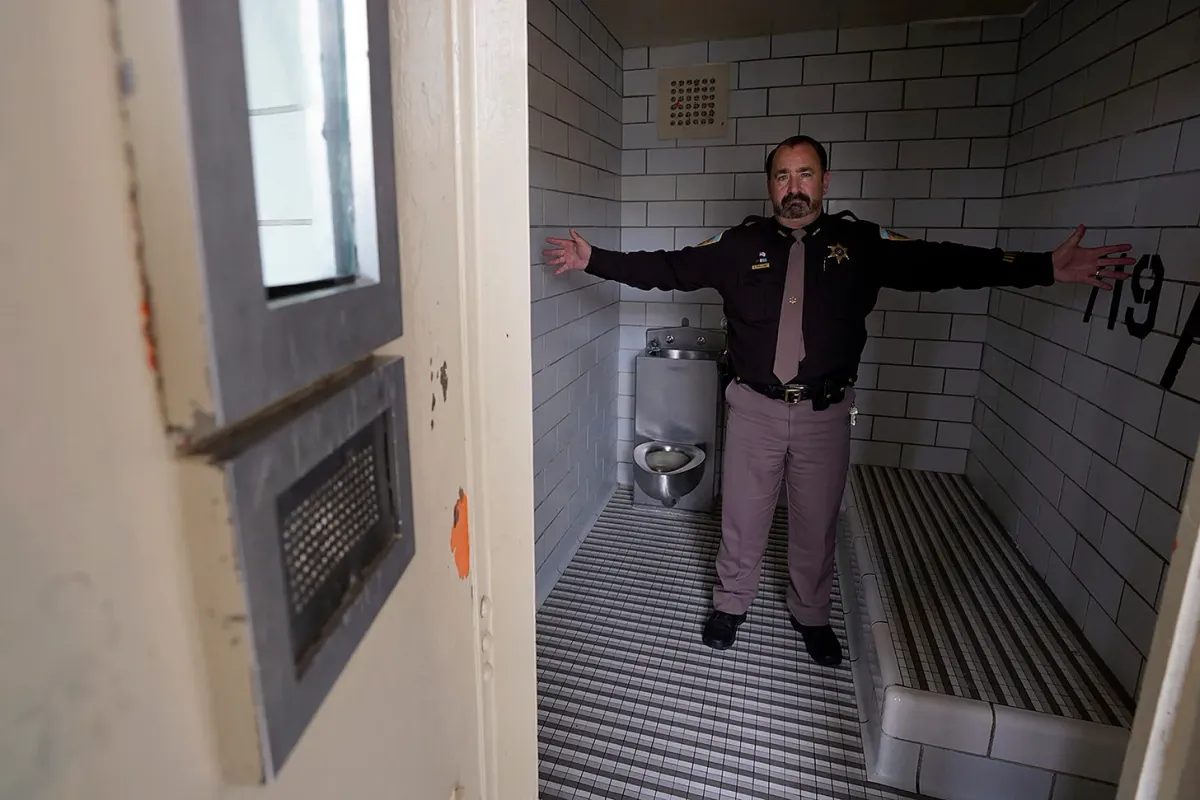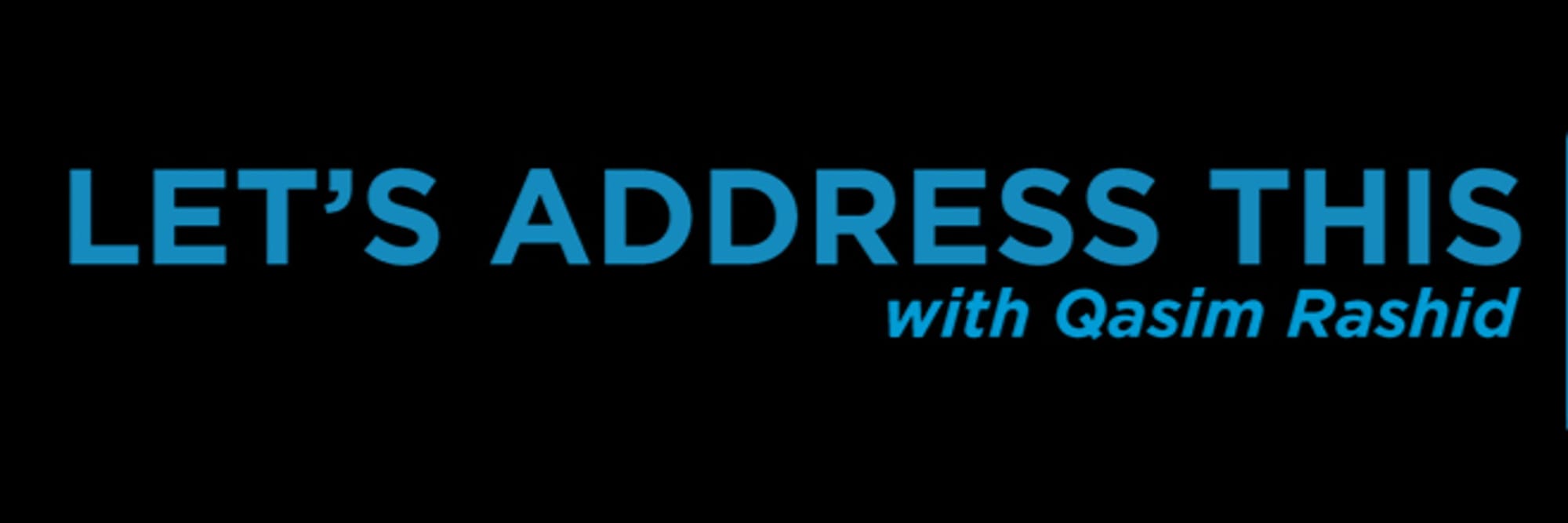Ending Legalized Torture in the US Carceral System

Most Americans are entirely unaware that every day the U.S. Government tortures more than 100,000 people in prison — but here's how we stop this injustice
By Jessica Sandoval and Qasim Rashid
Let’s Address This is proud to publish this piece co-authored with Jessica Sandoval, National Director of the Unlock the Box Campaign to End Solitary Confinement.
Imagine being locked in a small cell, cut off from meaningful human contact, sunlight, or fresh air for days, months, or even years. This is the grim reality for at least 122,000 people each day across the U.S. in solitary confinement. Solitary isolates individuals for up to 24 hours a day, inflicting profound harm. Recognized as a form of torture by human rights organizations, solitary confinement remains pervasive in U.S. prisons, jails, youth detention centers, and immigration facilities. It is long past time we worked to stop this injustice. Let’s Address This.
Earnest Ask! I am doing everything in my power to stave off fascism in the United States. I need your support. Subscribe and join your fellow activists.
The Psychological Harm of Solitary
The psychological harm caused by solitary confinement is severe, long-lasting and profound. Any length of time in solitary, including measured in hours or days, takes a heavy toll on mental health. Deprived of human contact, individuals often experience anxiety, depression, paranoia, and even psychosis.Hallucinations and cognitive impairments are common, severely impacting mental and physical health and overall well-being. Research underscores the danger: people in solitary confinement are six times more likely to die by suicide than those in the general prison population, a group already at high risk of death by suicide. The National Institute of Health reports, for example, that:
Although only 7.3% of admissions included any solitary confinement, 53.3% of acts of self-harm and 45.0% of acts of potentially fatal self-harm occurred within this group.1
And behind those statistics are tragic stories like that of Kalief Browder, a Black teen falsely accused of stealing a backpack. For more than 700 days, Browder was held in solitary confinement for more than 23 hours a day. The mental trauma and torture he suffered was fatal, and on June 6, 2015 he died by suicide.
The Physical Harm of Solitary
The physical impacts of solitary confinement are just as damaging. Without access to sunlight, fresh air, or adequate movement, individuals suffer from cardiovascular problems, muscle atrophy, and chronic pain. The stress of isolation weakens the immune system, leaving people more vulnerable to illnesses. Studies highlight these risks. For example, a Journal of American Medical Association study found that individuals subjected to solitary are 78% more likely to die by suicide within a year of release and 127% more likely to die of an opioid overdose within two weeks. These figures paint a grim picture of the toll isolation takes on the body and the difficulty of reentry into society.
The Discriminatory Impact of Solitary
We already suffer a system of incarceration in this country in which Black and brown people are charged and arrested up to 10 times more than white Americans, and delivered 20% longer prison sentences for the exact same crimes. For example, a recent study found that:
Nationwide, in 800 jurisdictions, black people were arrested at a rate 5x higher than white people. In 250 jurisdictions, black people were 10 times more likely to be arrested than their white counterparts.
Solitary confinement further reflects and exacerbates these cruel systemic inequities. Black, Latino, and Indigenous individuals are disproportionately subjected to this practice, a stark reminder of the racial injustices within the criminal legal system. Vulnerable groups, including people with mental health conditions, LGBTQ+ individuals, and youth, are also more likely to be placed in solitary confinement. This not only deepens existing disparities but also compounds the harm done to those who are already marginalized.
The Counter-Impact of Solitary
Adding insult to all the injury documented above, far from promoting rehabilitation, solitary confinement undermines it. Isolation damages social and cognitive functioning, making it more difficult for individuals to engage with others or adapt to life outside. Instead of addressing behavioral issues, solitary often exacerbates them, increasing the likelihood of recidivism. Therefore, solitary confinement jeopardizes public safety by failing to prepare incarcerated individuals for reentry into their communities. To put it bluntly, solitary confinement doesn’t just torture the individual suffering confinement, it also makes you and I less safe.
Literally speaking, if some evil mastermind wanted to build a system in which people admitted for alleged crimes are even more likely to commit crimes after leaving that system—solitary confinement is the system that evil mastermind would build. Far from rehabilitating a given individual or from making our societies safer, solitary makes both the individual and our society less safe and more dangerous.
A Violation of International Human Rights
Finally, solitary confinement violates human rights. It is not just a moral failing; it is a breach of international standards and recognized as torture. Despite this, U.S. practices routinely isolate individuals for months, years, and even decades. For years, the international community has repeatedly called on the U.S. to reform its use of solitary confinement.
Each day this practice continues, it erodes our nation’s commitment to human dignity and justice.
Actions To Stop This Injustice
The evidence is clear, and the moral imperative is urgent: it is time to end solitary confinement. And we can and must act to end this cruel and outdated practice that perpetuates harm and fails to deliver justice. What does that look like, practically?
- Enact Federal Reform: Push your elected representatives to co-sponsor and pass the Federal End Solitary Confinement Act. This Act would build on the aforementioned best practices to ban solitary and promote proven alternatives in federal custody, while incentivizing states and localities to do the same. Have your organization endorse the End Solitary Confinement Act here: https://bit.ly/EndorseEndSolitaryAct. We absolutely need this federal standard of reform and rehabilitation to ensure equality and justice nationwide.
- Follow Proven State and Local Models: Visit the Unlock the Box website to learn about grassroots campaigns led by people who have lived through solitary or had family members inside and are leading a movement for change. As a result of these grassroots efforts, New York State, New Jersey, Connecticut, Nevada, and others have placed significant restrictions on solitary, New York City banned solitary entirely, numerous states have restricted solitary for vulnerable groups, and advocates are pushing for effective implementation.
- Replace Retribution With Restoration: Join us in contacting your local, state, and federal representatives to urge them to end solitary confinement. When speaking to them, convey to them that in contrast to punitive prison terms, they enact restorative justice programs as alternatives, which have proven far more effective in promoting rehabilitation and reducing harm. For example, we have known for decades through numerous studies that restorative justice programs decrease recidivism by an astounding 50%, dramatically increase victim satisfaction that they received justice, decrease victim fear of re-victimization, and dramatically increases the likelihood that the that a person who caused harm completes their restitution obligations.
In short, if we work together, we can join human rights leaders globally and end this cruel and torturous practice of solitary confinement.
Conclusion
Solitary confinement does nothing but ensure that the psychological, physical, and social impacts ripple far beyond prison walls, affecting families, communities, and society as a whole. It further harms and marginalizes already marginalized communities. It makes us all less safe, and it undermines our Constitutional principles of justice and humanity. By advocating for more humane alternatives, while also working to reduce the use of incarceration as a whole, we can move toward a justice system that prioritizes rehabilitation, equity, and human dignity.
Together, we can dismantle this practice and create a future that aligns with our values of compassion and justice. Let us act now to end solitary confinement—for good.
Before you go. I am doing everything in my power to stave off fascism under this new administration. I cannot do it alone. Subscribe below and join the movement.


